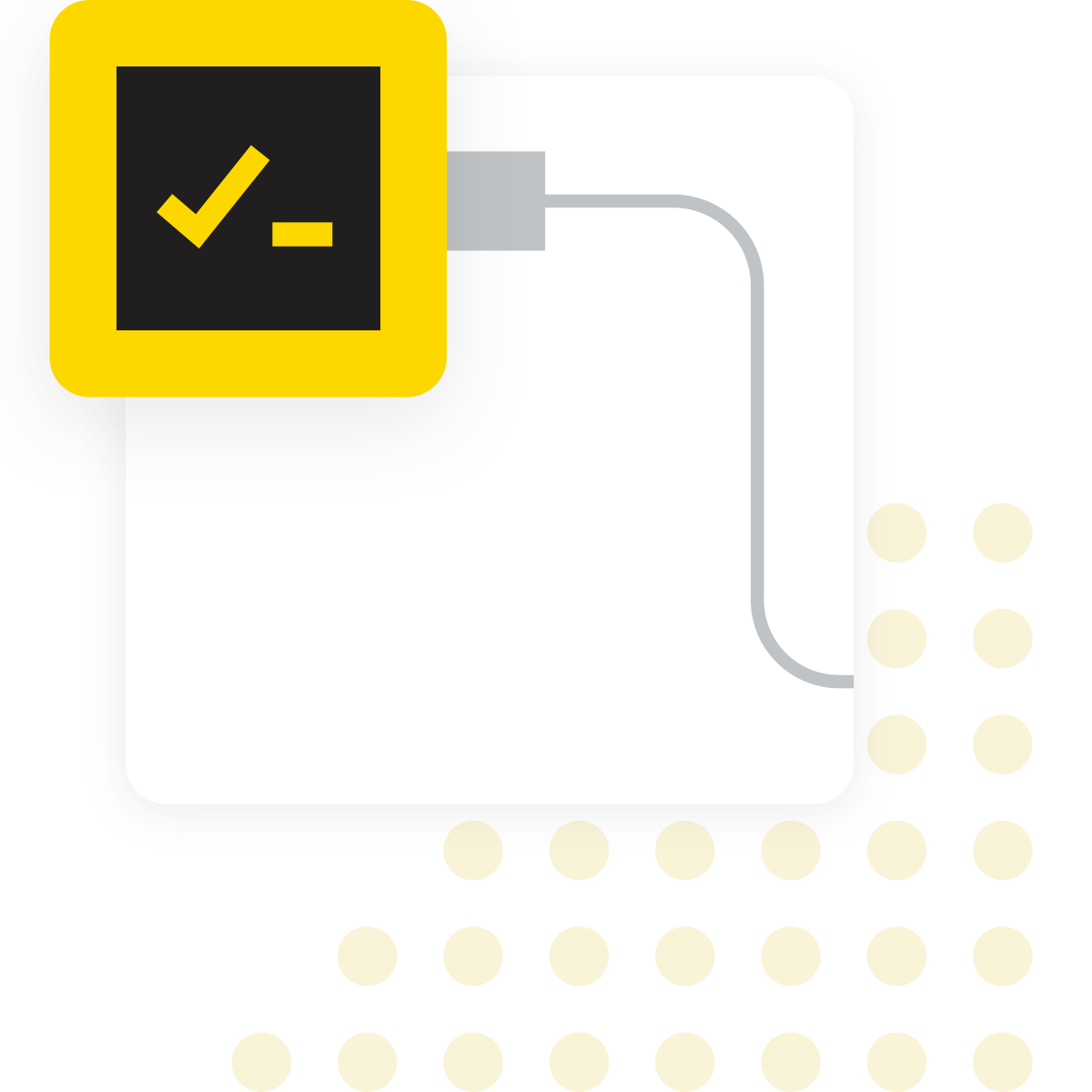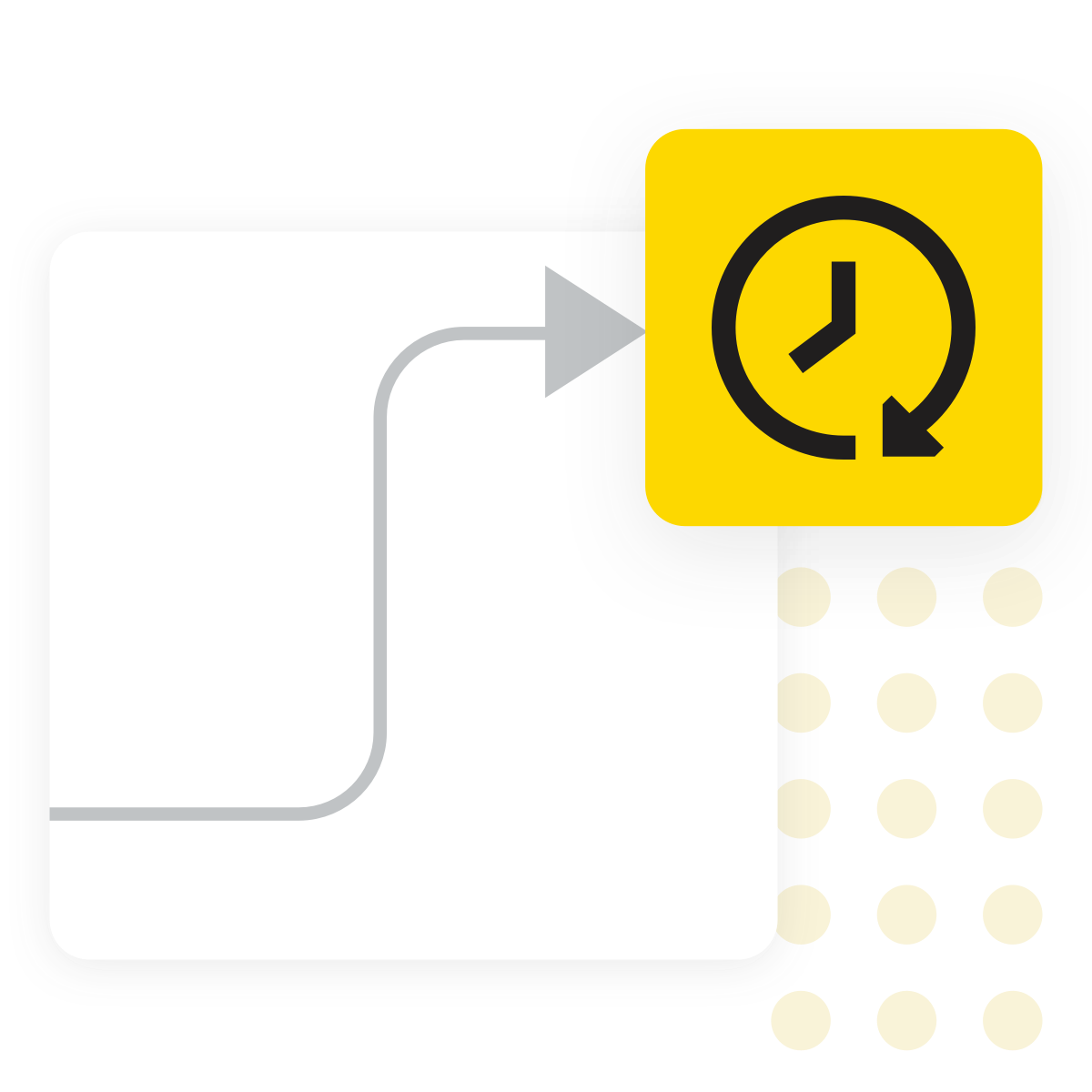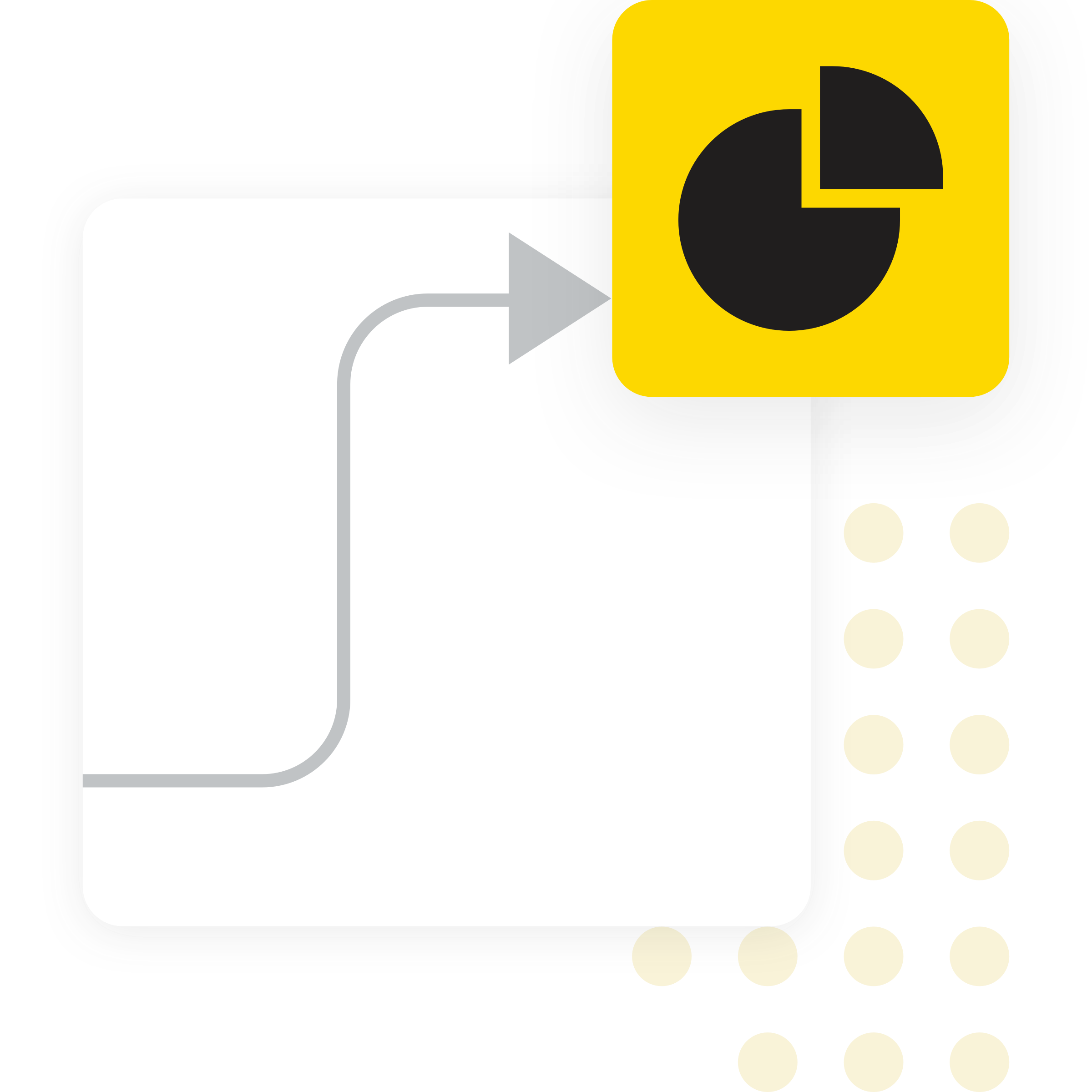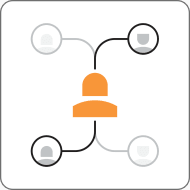Inventory Management KPIs with KNIME
Monitoring inventory management KPIs provides visibility into supply chain performance, helps balance stock levels, reduces carrying costs, and supports service level targets. With KNIME, you can bring together inventory and demand data from various sources, calculate key metrics like safety stock and reorder points, EOQs, and create reports or Data Apps to review, adjust, and act on these insights—improving both responsiveness and resource efficiency across your supply chain.
Why use KNIME for Inventory Management KPIs

What are Inventory Management KPIs?
These are quantifiable indicators that inform how effectively an organization manages inventory across its supply chain. KPIs might include stock turnover, safety stock levels, reorder points, days of supply, Economic Order Quantity (EOQ), and inventory valuation, among others.

Why does it matter?
Accurate inventory KPI tracking helps reduce stockouts, cut holding costs, and improve service levels—boosting efficiency and responsiveness in the supply chain.

Typical Challenges
- Disconnected data sources (ERP, spreadsheets, etc.)
- Difficulty calculating dynamic safety stock, EOQ, reorder points, or service levels
- Limited visibility into inventory trends, valuation, or stockout risks
- Manual analysis is prone to delays and inaccuracy

Benefits of using KNIME
- Connect inventory, demand, and fulfillment data from diverse sources such as ERP systems, Excel files, databases, and more
- Apply visual data workflows to calculate key metrics like safety stock, reorder points, EOQ, and lead time based on service-level targets and consumption variability
- Build interactive components to adjust service-level targets and immediately see recalculated KPIs in Data Apps
- Ensure transparency, traceability, and reproducibility of all calculations with KNIME’s modular, version-controlled workflows
How to use KNIME for Inventory Management KPIs

Data Access and Preparation
Import inventory and demand data from sources such as ERP systems, Excel files, and databases, including key fields like SKU, order date, consumption, unit cost, and fulfillment date. Calculate supporting values such as lead time, total order value, average demand, and demand variability. Clean and transform the data to ensure consistency across units, formats, and missing values.

Inventory Segmentation and KPI Computation
Apply ABC classification to segment SKUs based on their cumulative value contribution—enabling prioritization of high-impact items. Configure target service levels (e.g., 90%) using a probability parameter, and calculate key inventory KPIs, including safety stock, reorder points, and Economic Order Quantity (EOQ).

Reporting
Create tailored reports or Data Apps that visualize the KPIs.
KNIME Workflow Example for Inventory Management KPIs
This example workflow calculates inventory management KPIs—safety stock, reorder point, and Economic Order Quantity (EOQ)—using demand data and a configurable service level. It includes:
- Data access of inventory records, including SKU, order, and fulfillment dates, unit cost, and quantity ordered
- Data preprocessing to calculate lead time, total order value, and aggregate statistics like average demand and consumption variability
- ABC classification of inventory based on cumulative order value, identifying high-priority SKUs for focused planning
- Computation of key KPIs, with safety stock calculated from user-defined service levels, followed by reorder point and EOQ
- Optional configuration to adjust service level targets and cost parameters, enabling flexible scenario analysis and reporting on the KPIs
How to Get Started
Additional Resources
How to do ABC analysis in KNIME
Inventory Management using ABC (Always Better Control) Analysis
Try 4 no-code solutions for supply chain managers
Explore data science solutions to automate predictive and analytical tasks
FAQ
You can build workflows to calculate valuation, turnover rates, safety stock, reorder points, days of inventory, service level comparisons, coverage, EOQ, and more, based on your data and KPIs.
Yes—Data Apps allow users to adjust KPI thresholds (e.g., inventory valuation limit, service-level target) and see results update immediately.
Yes—KNIME supports time series forecasting models like ARIMA, SARIMA, that can be integrated into workflows for forecasting demand or consumption trends.
Yes, you can deploy and share KNIME Data Apps using one of KNIME’s paid plans, giving stakeholders interactive access via a web browser.
